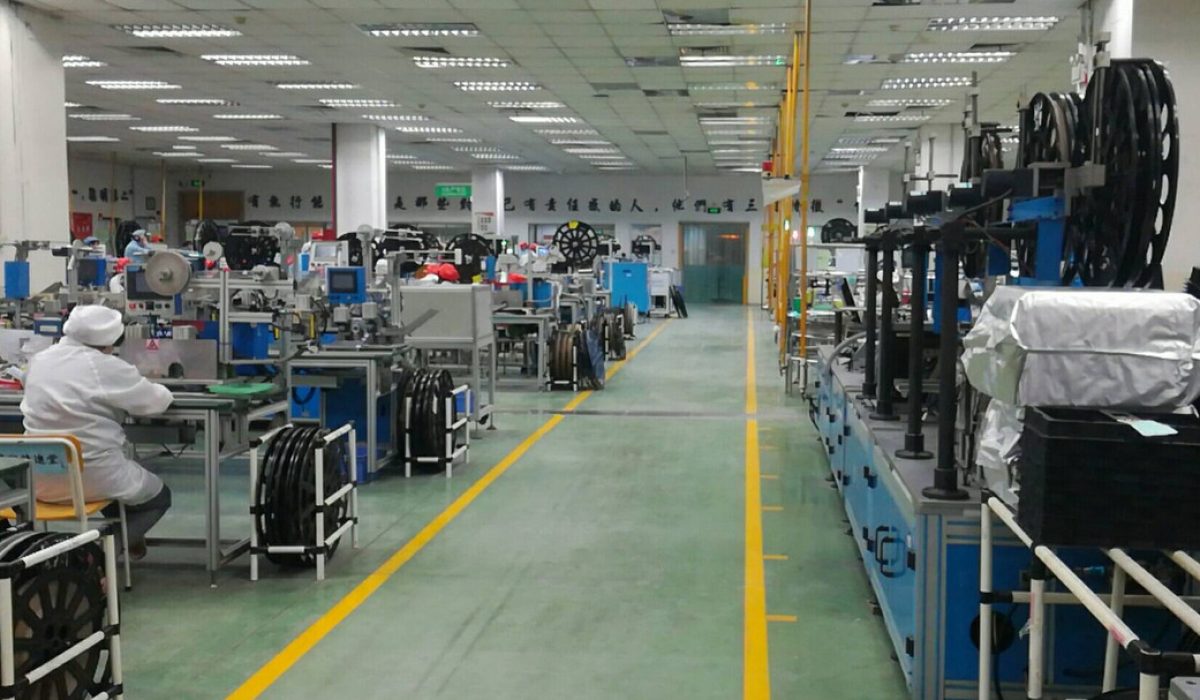Sun Yat-sen University Free Trade Zone Comprehensive Research Institute held a research results conference on the 23rd and released the “China Pilot Free Trade Zone Development Blue Book (2019-2020)”, “2019-2020 China Pilot Free Trade Zone Institutional Innovation Index” and “2019-2020 Annual China Pilot Free Trade Zone System Innovation Top Ten Cases”. Guangdong Qianhai Free Trade Zone ranked second, Nansha Free Trade Zone ranked third, and Hengqin Free Trade Zone ranked ninth.
Li Shanmin, vice president of Sun Yat-sen University and chairman of the Free Trade Zone Comprehensive Research Institute, said that the free trade pilot zone has initially formed a “geese formation” pattern led by free trade ports, coordinated between the east, middle and west, and land and sea. Including the gradually mature southeast coastal free trade area, the central and northwestern free trade area that is catching up with each other, and the new free trade pilot area that has just started. Each trade zone has continuously launched “institutional innovations” that can be replicated and promoted.
Mao Yanhua, deputy dean of the Free Trade Zone Research Institute of Sun Yat-sen University, introduced the main contents of the blue book. The blue book is divided into three parts: the preface, the thematic series, and the regional series. Among them, the thematic series carried out theoretical analysis from the aspects of the governance of the pilot free trade zone, financial reform and innovation, and the construction of the rule of law, and combined with practice, proposed the direction of reform and innovation. The regional edition selects 8 areas from the national free trade pilot zones to focus on the reform and innovation situation in the past year, and analyzes the direction of deepening reform in combination with the mission and characteristics of each free trade pilot zone.
On behalf of the research group, Fu Zhengping, Dean of the Free Trade Zone Research Institute of Sun Yat-sen University, introduced the relevant situation of the “institutional innovation index”. The “institutional innovation index” includes five first-level indicators, 19 second-level indicators and 57 third-level indicators of “investment facilitation”, “trade facilitation”, “financial management and service innovation”, “government function transformation” and “rule of law environment”. The evaluation objects are 43 pilot free trade zones across the country.
In addition, in order to objectively and comprehensively reflect the development level of the pilot free trade zones in various regions, starting from this year, the provincial index ranking will be added.
According to the ranking, in the overall ranking of system innovation in the national pilot free trade zones, the Shanghai Pilot Free Trade Zone, the Shenzhen Qianhai and Shekou area of the Guangdong Pilot Free Trade Zone, and the Nansha area of the Guangdong Pilot Free Trade Zone rank among the top three. In the provincial comprehensive ranking of the national pilot free trade zones, Shanghai Pilot Free Trade Zone, Guangdong Pilot Free Trade Zone, and Tianjin Pilot Free Trade Zone are among the top three.

